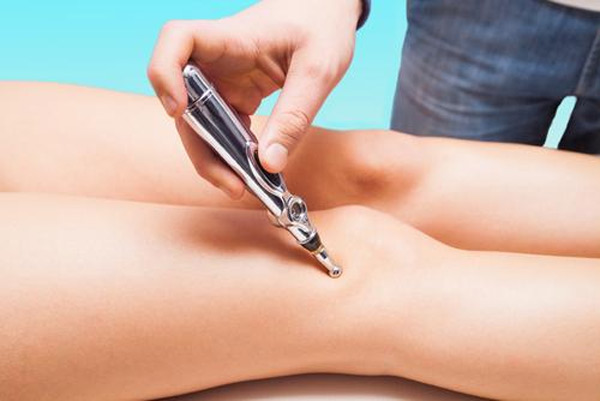
Researchers from the University of Melbourne randomly assigned 282 patients with chronic knee pain to needle acupuncture, laser acupuncture, no acupuncture or sham (inactive) laser treatment administered by General Practitioners.
Treatments were delivered for 12 weeks with participants and acupuncturists blinded to whether laser or sham laser acupuncture was administered.
Researcher Professor Kim Bennell from the Centre for Health, Exercise and Sports Medicine (CHESM) said there were no significant differences in measures of knee pain and physical function-between active and sham acupuncture at 12 weeks or at one year.
“Both needle and laser acupuncture resulted in modest improvements in pain compared with the control group who had no treatment at 12 weeks. However, these results were not maintained at one year,” said Professor Bennell.
“Needle acupuncture improved physical function at 12 weeks compared with the control but was not different from sham acupuncture and was not maintained at one year,” she said.
Other secondary outcomes such as quality of life or general change, showed no difference in feeling. Needle acupuncture improved pain on walking at 12 weeks but this improvement did not last one year.
Chronic knee pain affects many people older than 50 years and is the most common pain concern among older people consulting General Practitioners.
Drug free approaches such as physical activity and exercise are important in managing chronic knee pain with many patients also using complementary and alternative medicine.
Acupuncture is the most popular of alternative medical systems. Although traditionally administered with needles, laser acupuncture (low-intensity laser therapy to acupuncture points) is a non-invasive alternative with evidence of benefit in some pain conditions. The study done by University of Melbourne.